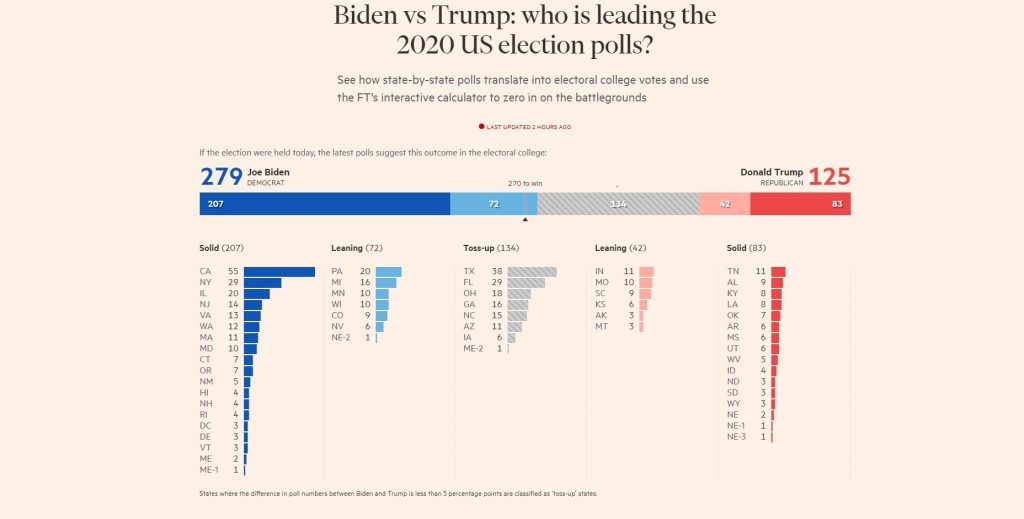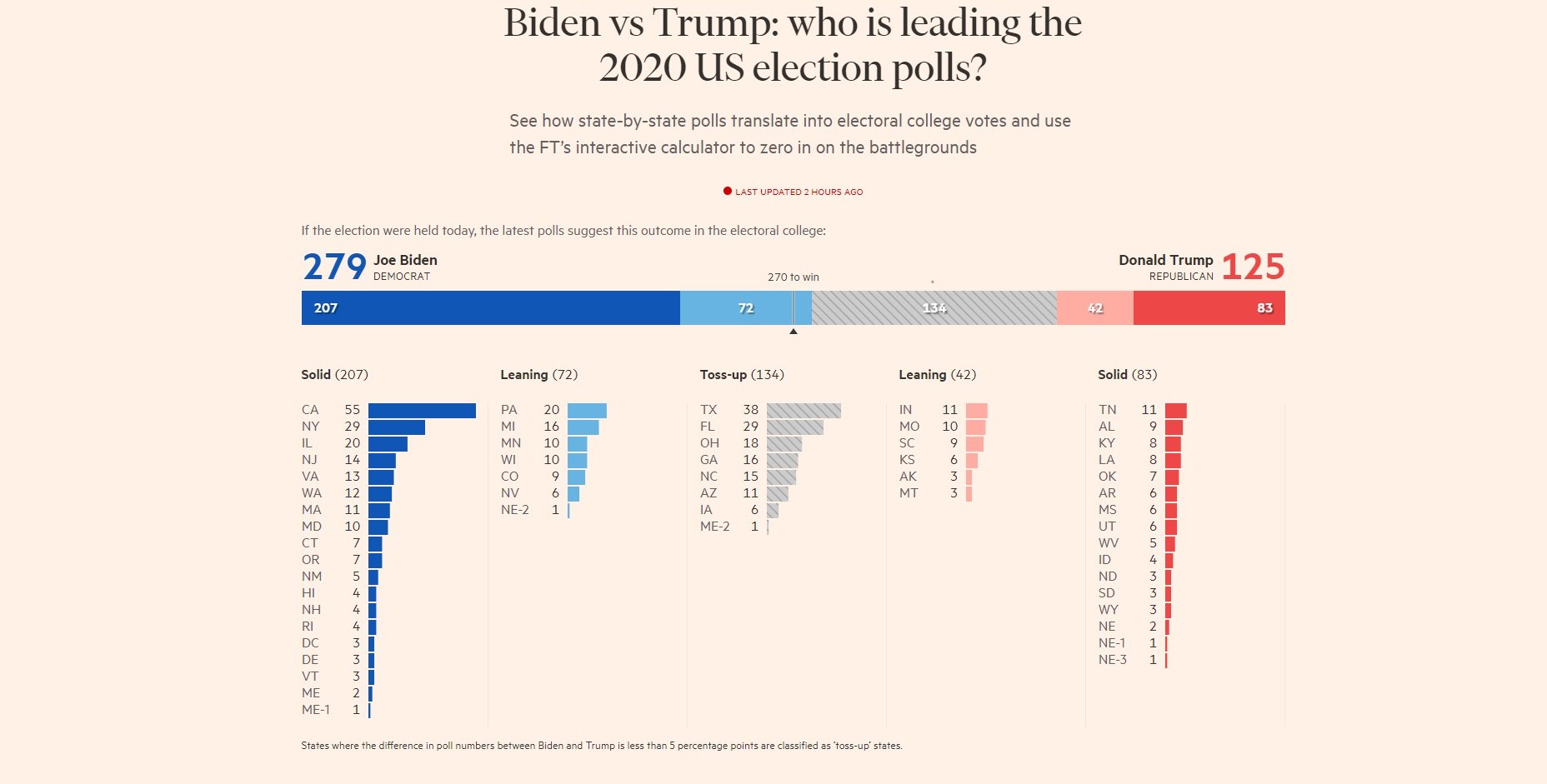Understanding the US Election Process
Posted on October 28, 2020
I don’t want Donald Trump to win the US Election. That’s because I think he is a very horrible person and should not be allowed anywhere near High Office.
However, I don’t know how it is possible that he won’t be president? This is because my head doesn’t allow me to work out how the electoral voting system works. It is only this week where I have got as far as understanding that the college vote is not the vote of students.
I was speaking to a friend of mine earlier who claims to have gained a remarkable 55% of knowledge of how it works. Because of this, he is concerned that Trump will be difficult to force out. This is because you can lose by votes counted, but still win the election.
Trying to Work it All Out
In this post I am going to try and work it out. Currently, the best way I can sum up how I feel like when I am trying to work out the US voting system, goes like this.
Take yourself back to the days before SatNav. Remember when you were visiting somewhere, and you got a bit lost. Passing someone in a garden or walking their dog, you would thin slice the situation and deem them suitable to direct you.
“Excuse me. Could you tell me where farmer Giles’s
camp site is?”
“Yes, I can my boy…its past the post box, up the hill, straight past the old
school house, right at Red House Farm, all the way down to the harbour, left at
The Anchor pub and the seventh on the left by the boarded up Tin Miners Social Club…you
can’t miss it”.
I would lose concentration at the old schoolhouse, and that is how I am with the US voting system. So, in this post, I am going to get beyond the old schoolhouse, and I want you to come with me.
From the Beginning
During the general election campaign, Americans go to the polls and vote (or post them). So, all simple so far.
The tally of those votes (known as the popular vote) does not determine who wins. That’s right, instead of a popular vote, Presidential elections use what is known as the Electoral College. To win the election, a candidate must receive most electoral college votes (I think that’s right).
The Electoral College was created by the framers of the U.S. Constitution (I thought this was farmers when I first read it the other week). This was created as an alternative to electing the president by popular vote (the one that seems obvious to me, judging by its name).
Are you still with me? You might not be after this next paragraph; metaphorically, you might be asking the milk maid from Red House Farm. However, try to stay with me as I am on this journey too and I need help.
The Electoral College
Each state elects the number of representatives to the Electoral College, which, I believe, is equal to its number of Senators. This is two from each state, plus its number of delegates in the House of Representatives.
A district does not require representation in Congress to have
Electoral College votes (again, I am not certain about this, but I think that
is right). There are currently 538 electors in the Electoral College; 270 votes
are needed to win the presidential election.
I will have forgotten this by tomorrow but the important bit to remember is this.
The people are voting for electors to then elect the president. Each state has
between 3 and 55 electors depending on population. They generally award all
their electoral college votes to those who have won the popular vote.
Winning Can Mean Losing
So, what could happen is a candidate could win California with 50.1% or 100% of the popular vote and receive the same number of electors (55). This means that a candidate could have a series of landslide victories in some states and be scuppered by narrow defeats in others.
That explains how Hillary Clinton won the popular vote (more nationwide votes than Trump) but not enough electoral votes. I think the same happened to Al Gore when he lost to George Bush. A few handsome victories are no use if you have several narrow defeats in swing States.
This latest poll indicates that Biden has it all to lose. However, if you look at the ‘toss up’ states and the ‘leaning’ states, you would be a fool to book the singing fat lady, because American polls are not as straightforward as ours.

I hope you enjoyed this post. I wrote it an attempt to help me (and you, I hope) understand the US voting system. It has been very informative (for me anyway) doing the research and I now feel like I am approaching the seventh turning on the left by the Tin Miners Social Club.
By tomorrow morning, I will probably be back at the post box.

Got something to say?